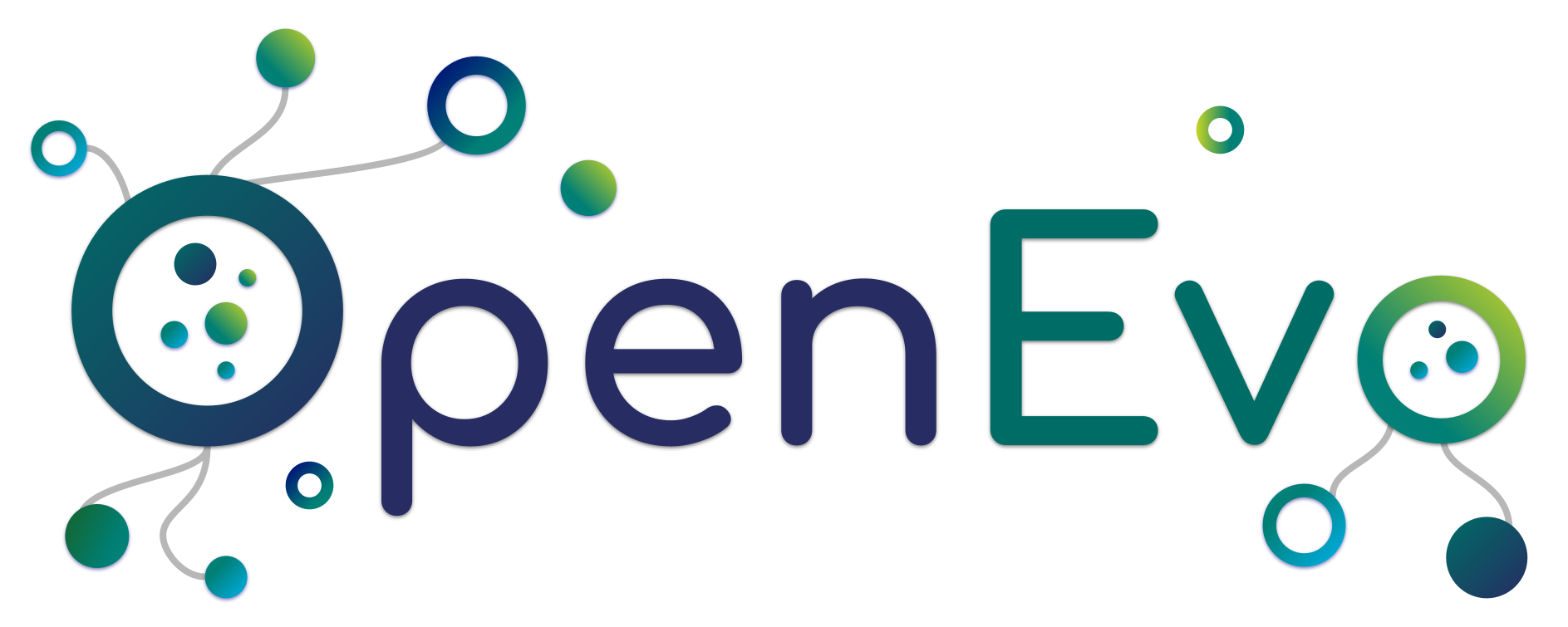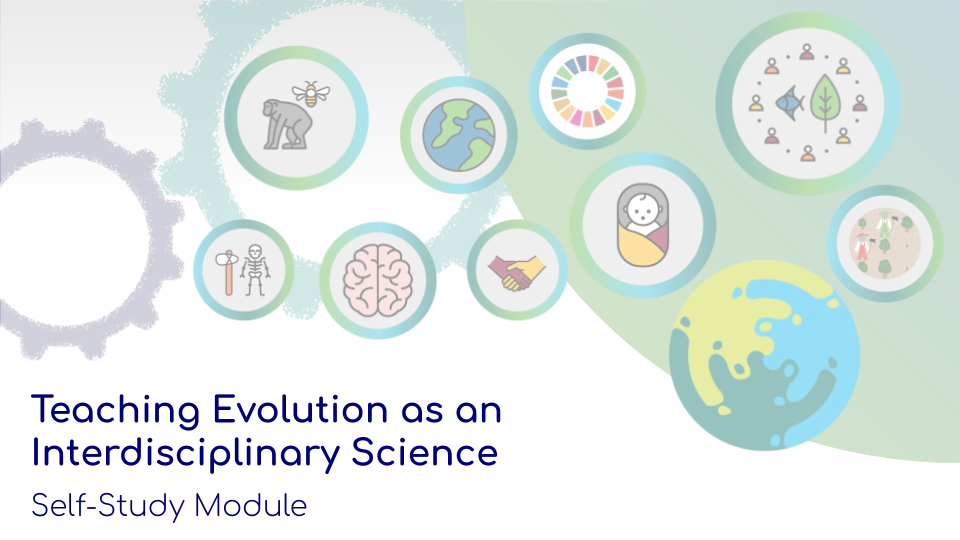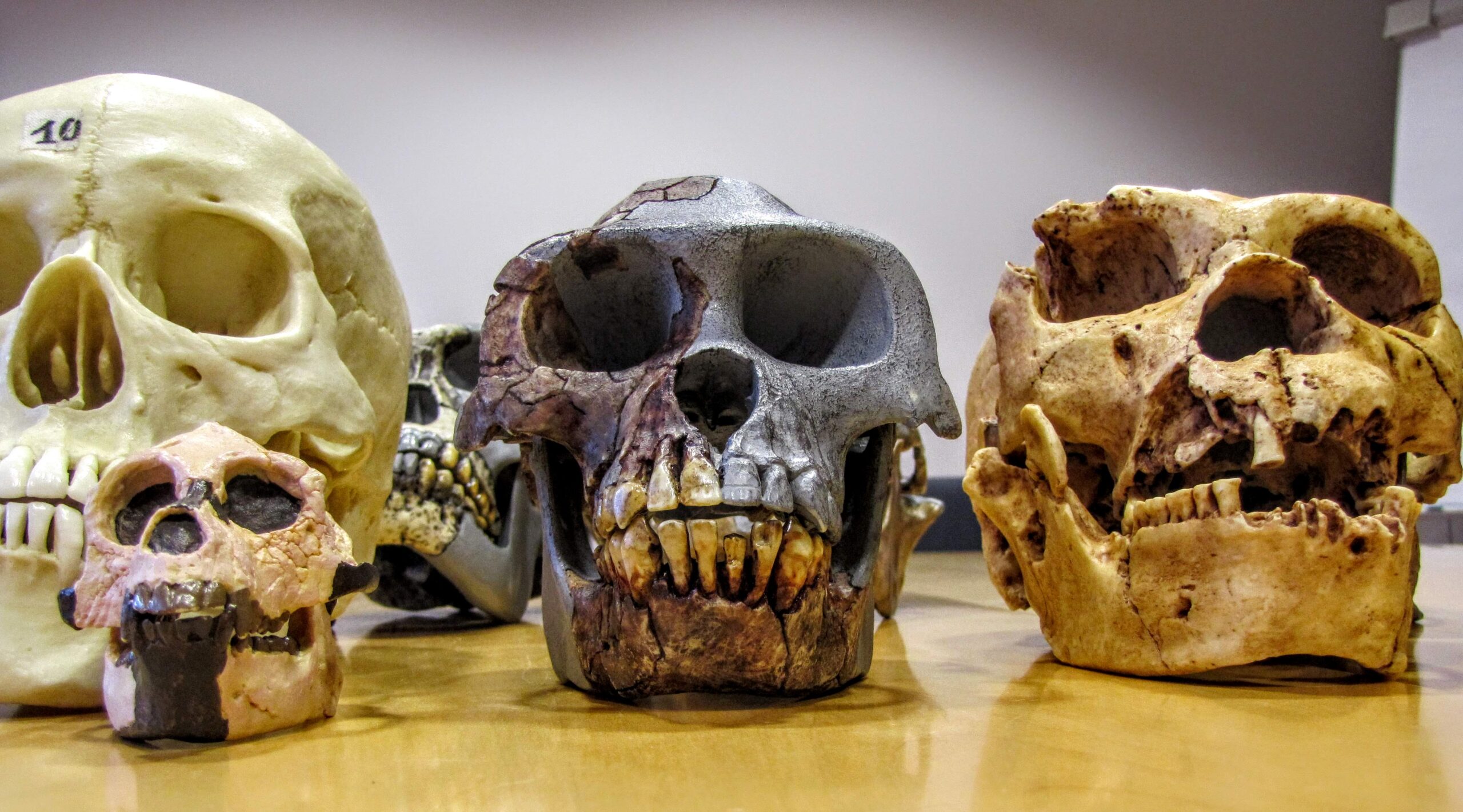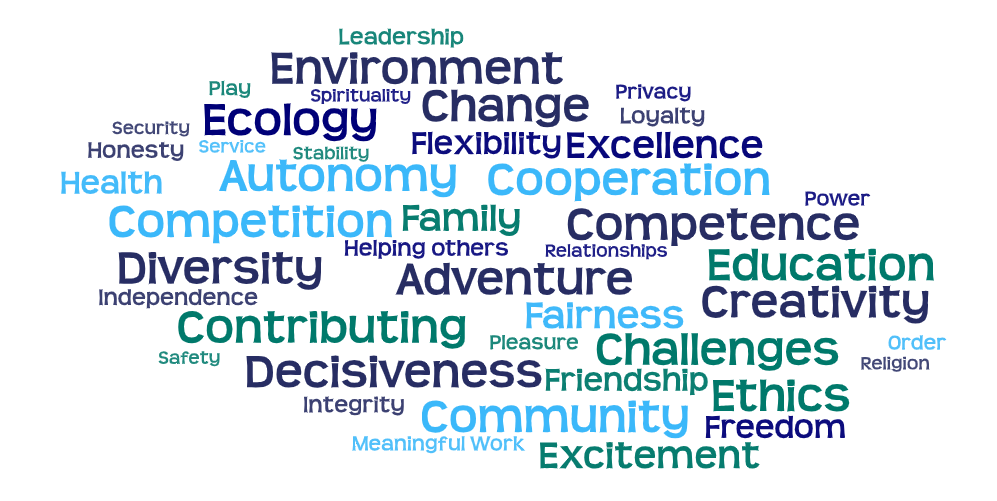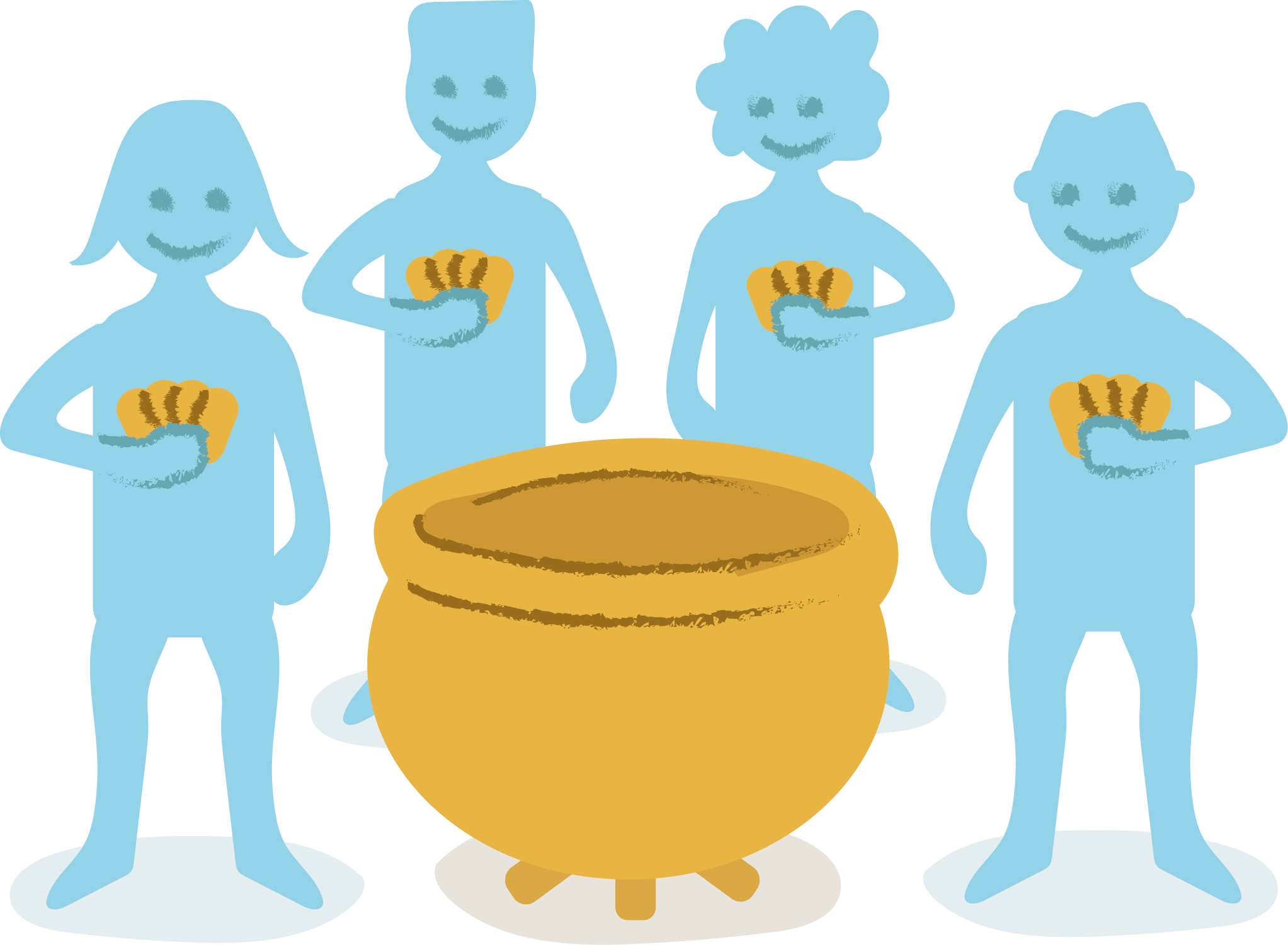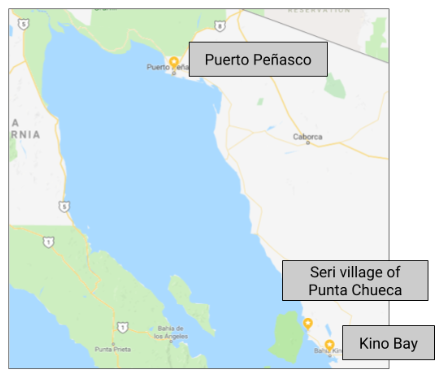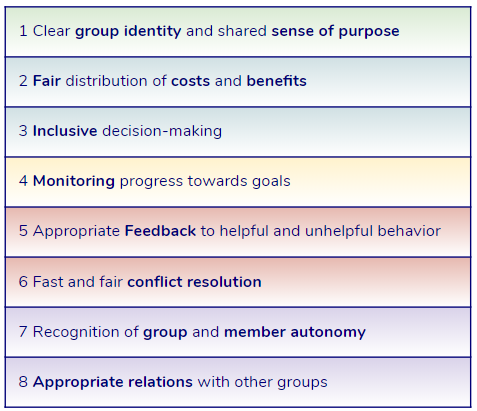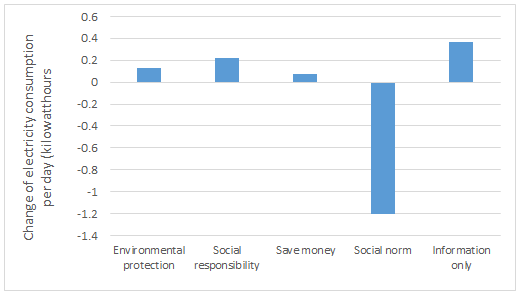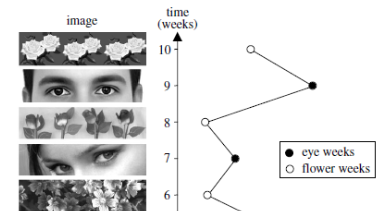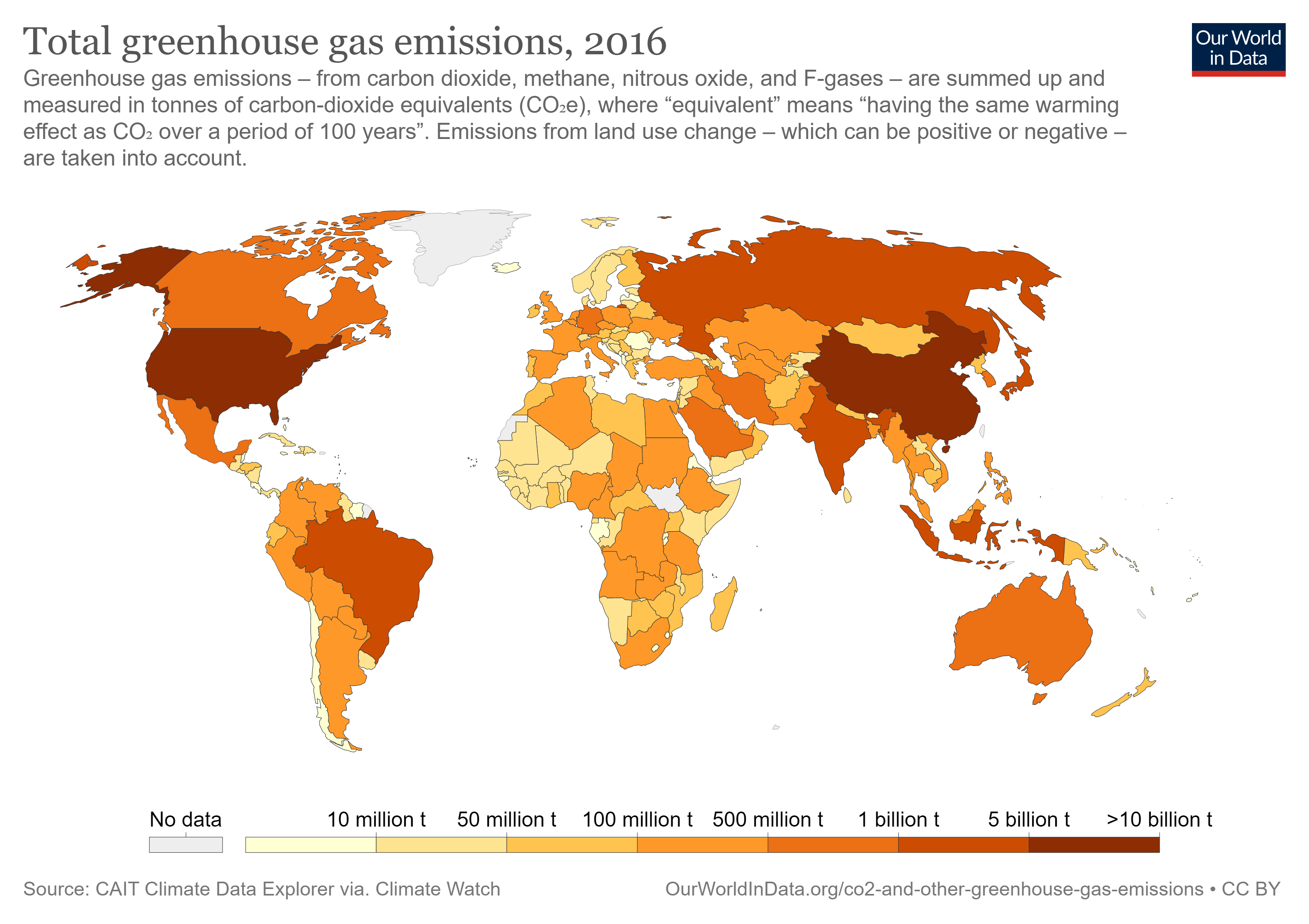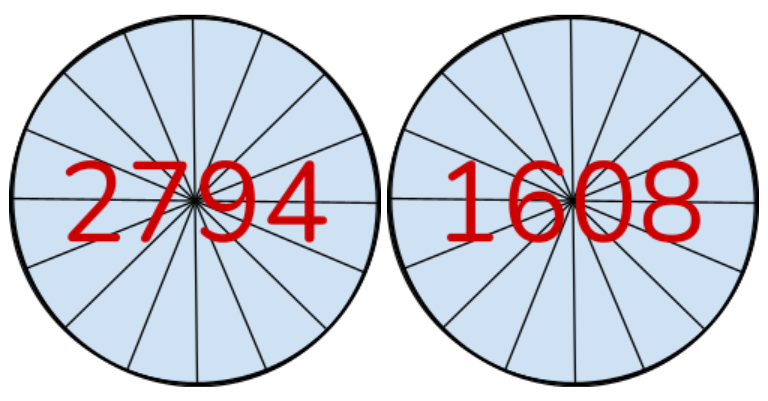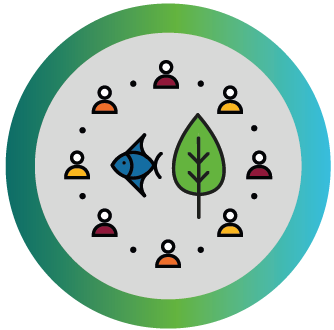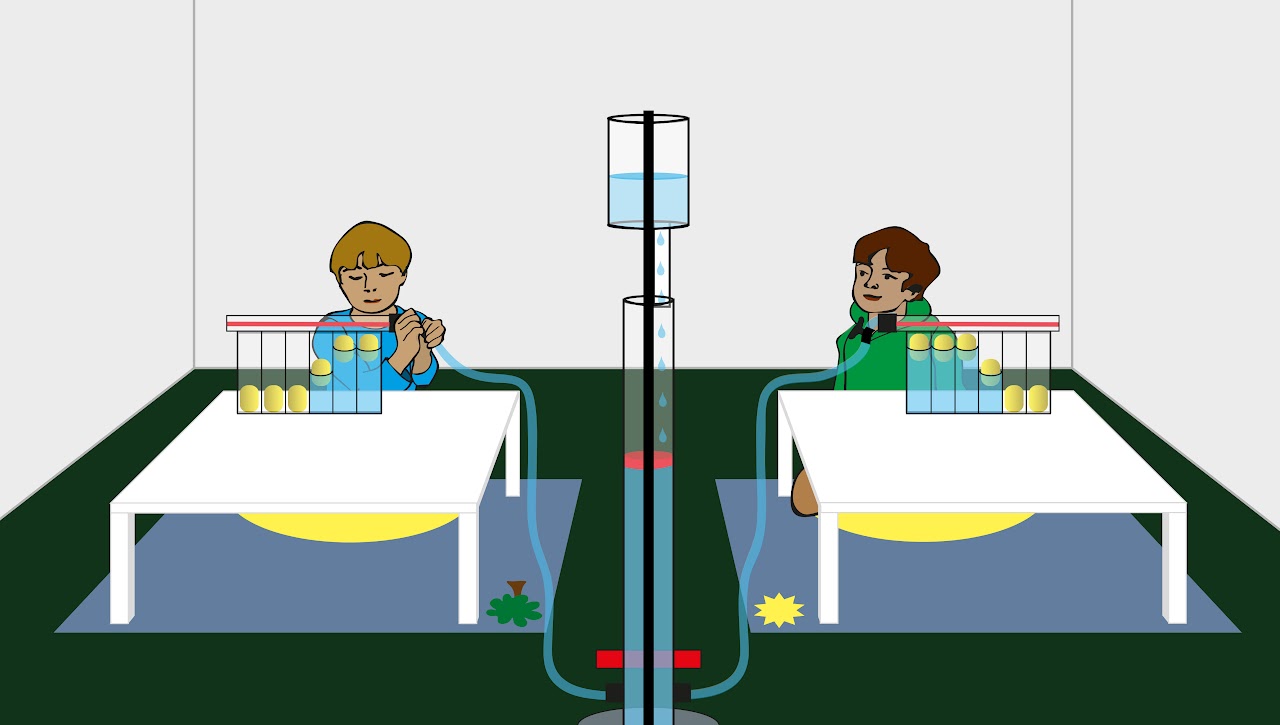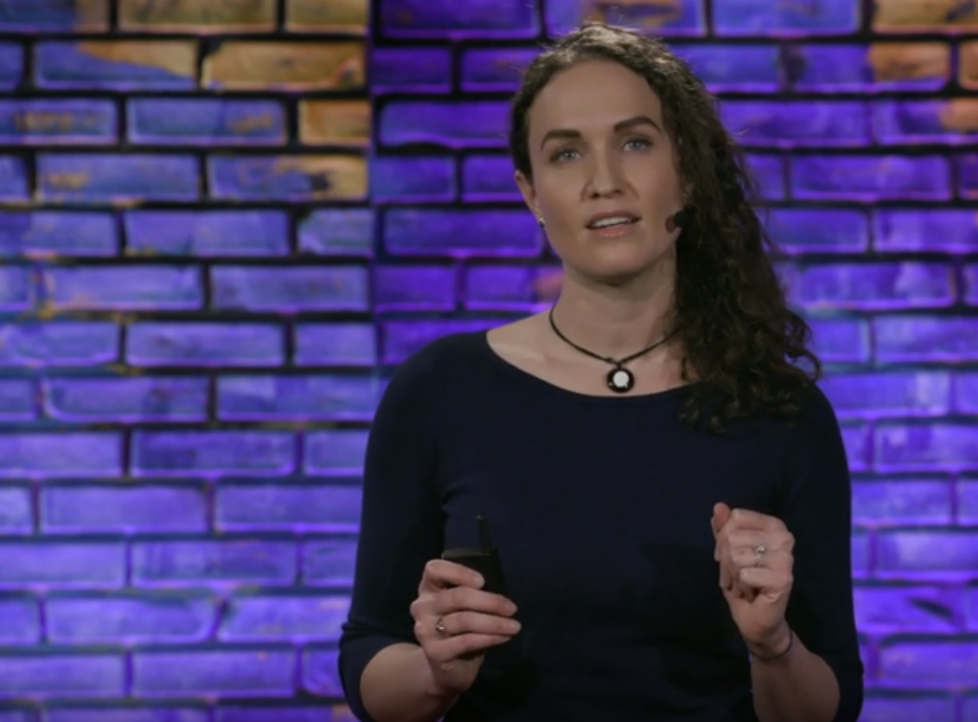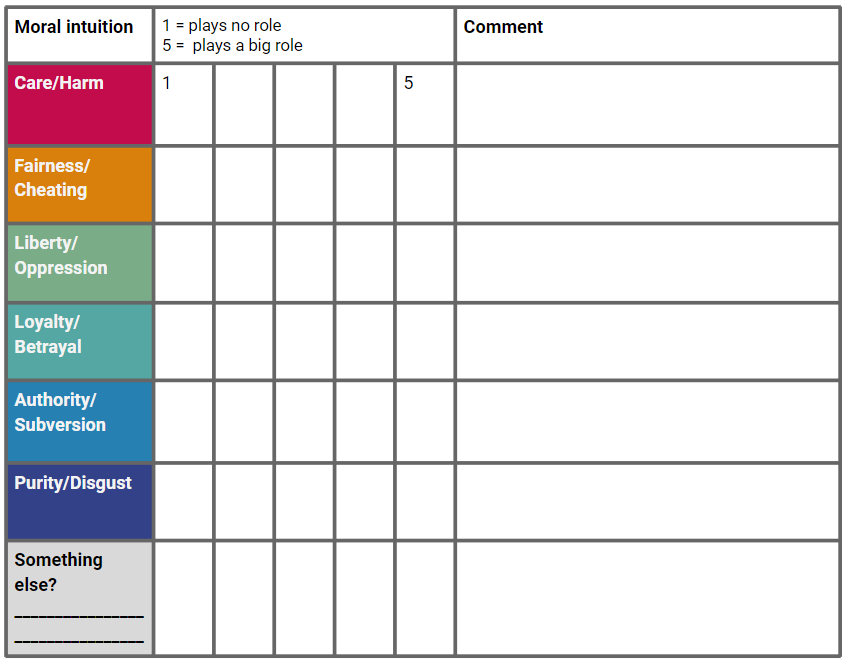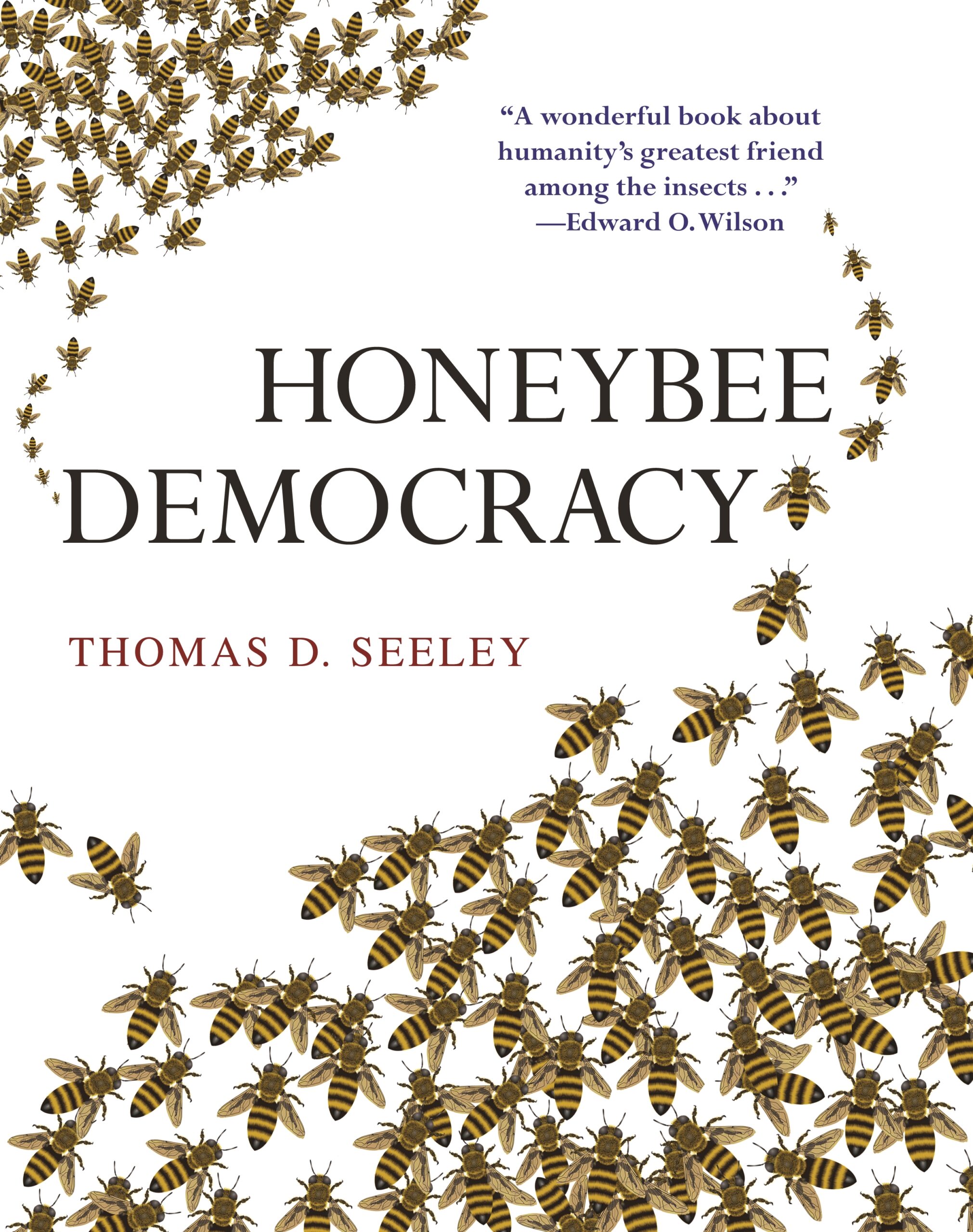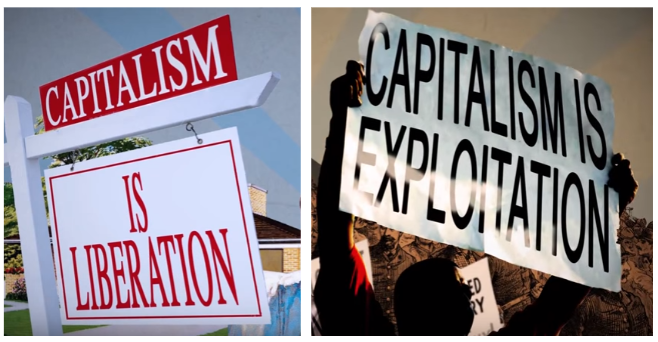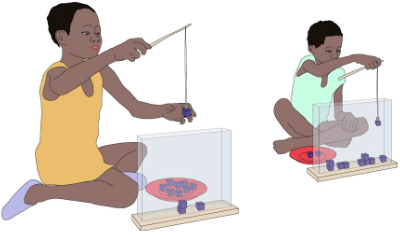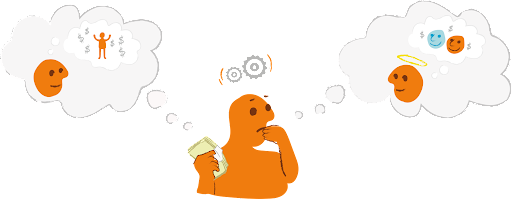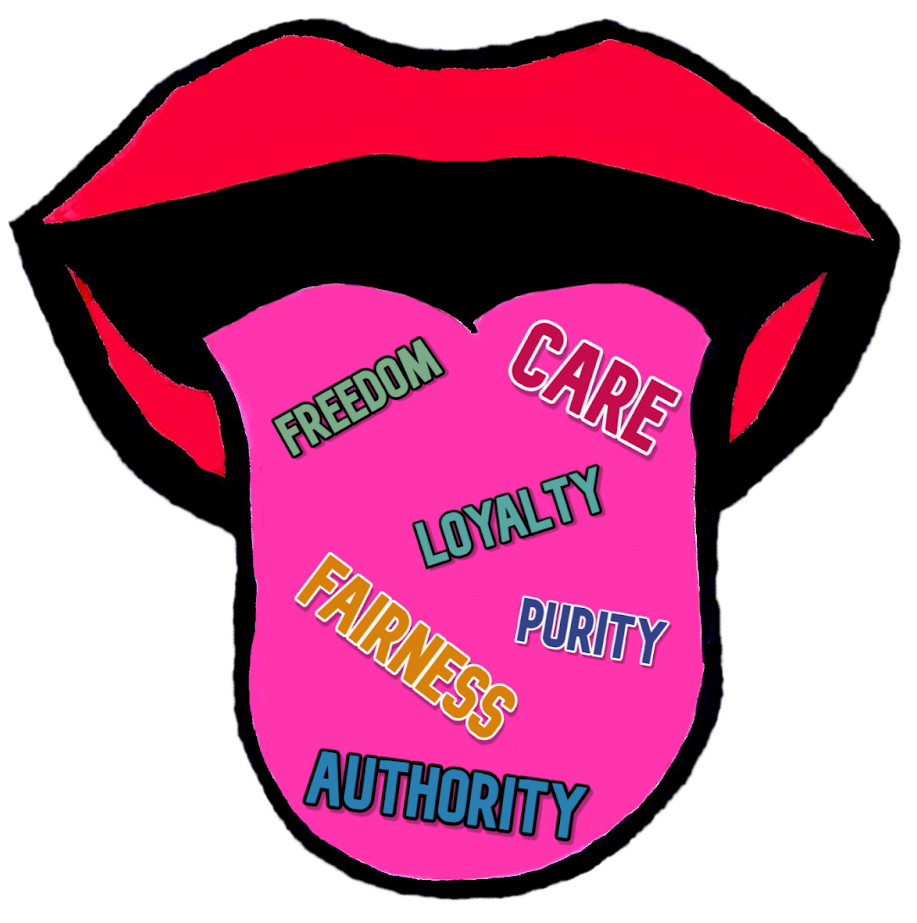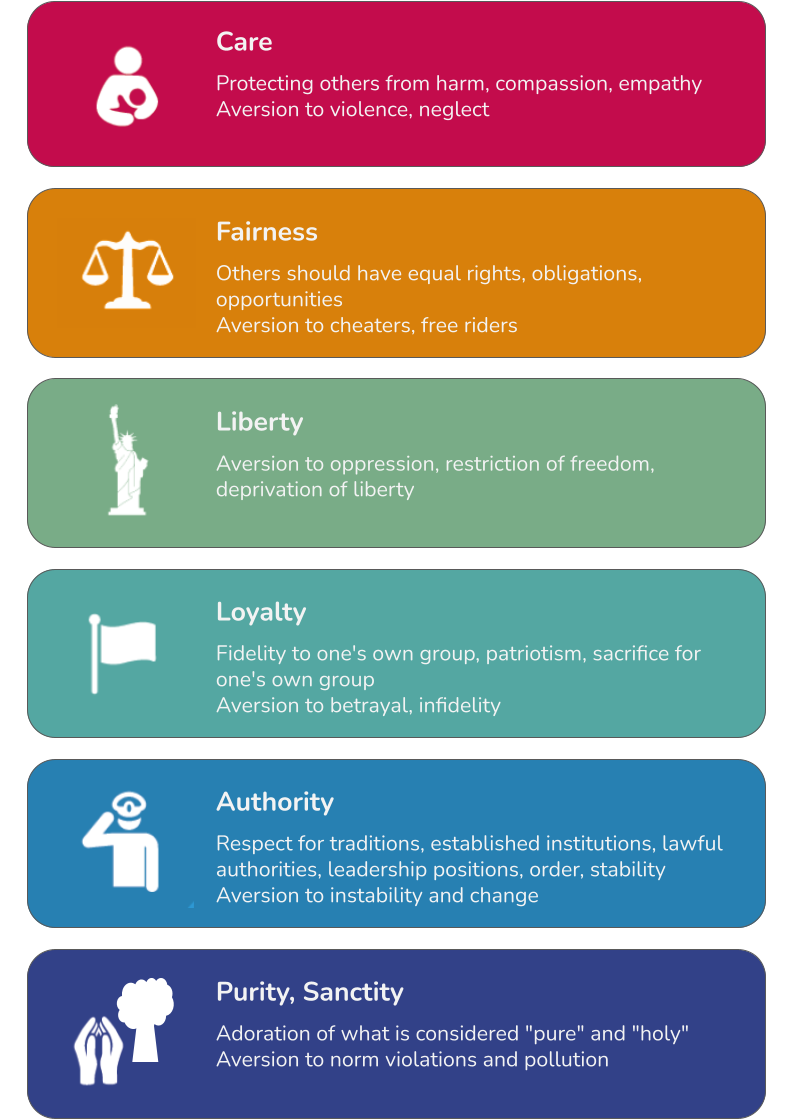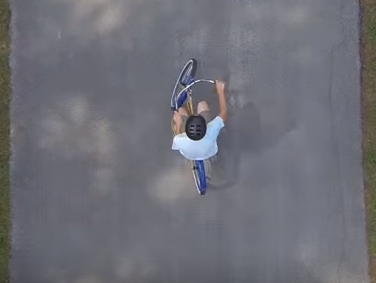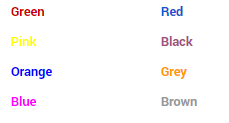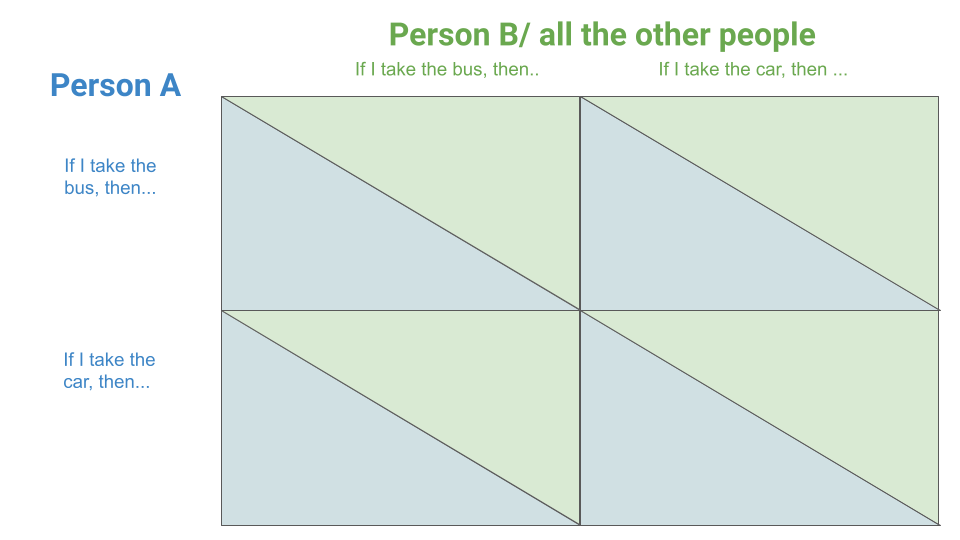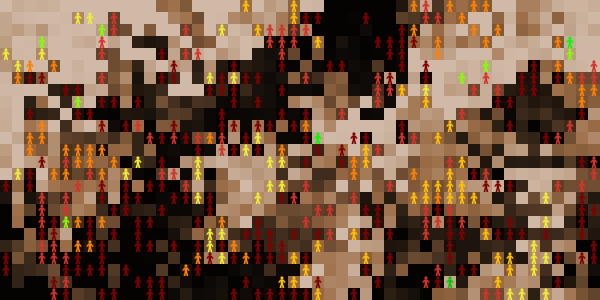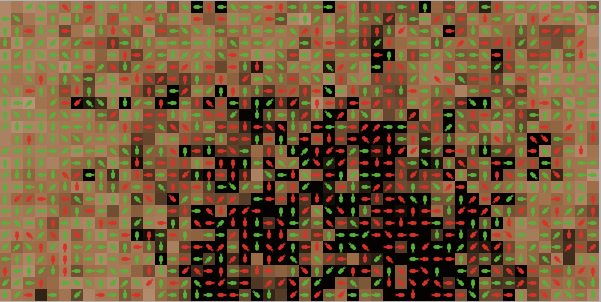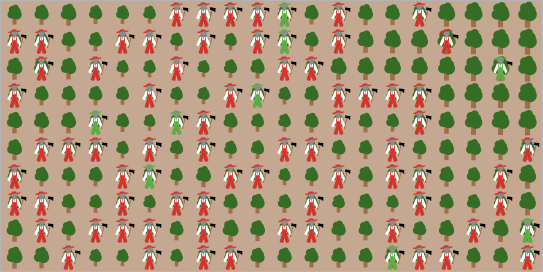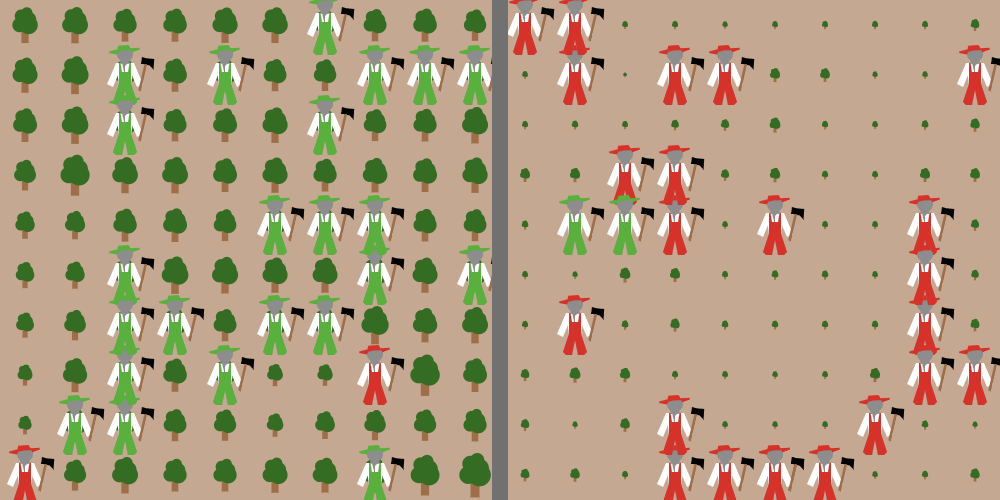Testing the Search Widget
Human Evolution Resources Life in groups For our ancestors since Homo erectus, the survival and raising of offspring depended more and more on the
Human Evolution Resources Gesturing and shared attention Even before children begin to speak, they are already communicating with the people around them: with the
Human Evolution Resources Agriculture and domestication For most of our evolutionary history, our species fed on the hunting and gathering of animals and plants
Exploring various “behaviors of our mind” from an evolutionary perspective, including “Fast and Slow Thinking”, “Moral Taste Buds”, “Mental Time Travel”,
the “Noticer”, the “Discoverer”,
Human Evolution Resources Gene-culture Co-evolution Biological evolution and cultural evolution are not mutually exclusive. On the contrary, they can influence each other. Genetically evolved
Human Evolution Resources Cultural Evolution At Darwin’s time, nothing was known about genes. Darwin and others only knew from observations in the world that
Human Evolution Resources Creativity and flexibility Many traits are strongly influenced by genetic inheritance. Through random mutations in the genome, new features and traits
Human Evolution Resources Childhood, teaching, learning Primates, and apes in particular, have a long developmental phase (relative to the total lifespan) compared to other
Human Evolution Resources Evolution of endurance running Many features of our body and our physiology suggest that they are not merely adaptations to upright
Human Evolution Resources Early stone tools For a long time it was thought that the use and manufacture of tools are features that distinguish
Can infants already distinguish between what is morally right and wrong? This video explores experiments with babies to answer these questions.
Human Evolution Resources Hominins The Hominini include all members of the lineage that separates us from our closest relatives, the chimpanzees. The only surviving
Human Evolution Resources Brain Size One of the most striking and well-known features that characterize our species is the size of our brain. The
Content anchors reflect the concepts, methods, and perspectives of evolutionary anthropology, behavioral, and sustainability sciences.
Information and teaching materials on the evolution of upright walking in our species
Our collection of resources for learning about human origins and evolution
This lesson is about exploring the concept of values with students and having them identify and reflect on what they personally value, or what
With these teaching materials, students can be introduced to game theory in general, as well as a concrete method, the public goods game. The
Students compare the stories of three Mexican fishing villages to understand the factors that enabled some villages to sustainably manage their fishing resources, while
Students explore the principles that allow groups to work together and achieve common goals, applying them to the groups that they are a part
A set of behavioral experiments to find out what motivates people to save electricity, exploring the roles of monetary incentives, social norms, appeals to
A behavioral experiment that tells us about the role of unconscious perception, particularly the perception of human eyes, on human social behavior.
A cooperation game that lets students experience some of the challenges of cooperation in addressing global climate change
A group game that lets students experience the dilemma between self-interest and collective interest when groups have to work together to achieve shared goals.
In a classroom simulation game with changing conditions students develop strategies for the use of a common resource so that the profit for the
A comparative behavioral research experiment exploring the abilities of chimpanzees and of children to cooperate around a shared resource.
In this unit students explore stories of people who have left a radical movement, or deliberately discuss with representatives of the “other side” and
Lesson plan and worksheets to apply understandings of moral psychology in classroom discussions about ethical issues
Students explore how a honeybee swarm makes a decision about their future nesting site, and explore the similarities and differences to how human groups
Students explore two contrasting stories about the benefits and failures of capitalism, identify the moral intuitions behind each story, and write a third story
A behavioral experiment across 40 countries that explored human motivations to return lost wallets to their owner
These lesson materials introduce students to issues of fairness and various interpretations of it. Reflecting on results of a cross-cultural experiment with children, students
A set of behavioral experiments across cultures that explore the human sense of fairness.
In this lesson students explore the causes and functions of, as well as ways to flexibly relate to our moral intuitions by engaging the
Students identify the moral intuitions underlying people’s opinions in quoted texts and images.
In this lesson students learn about the concept of cognitive biases as well as a number of important cognitive biases that may affect our
This video is about a bicycle that works differently than normal bicycles, and how challenging it is for our minds to learn how to
In this lesson students sort their own experience of thinking into fast and slow processes. Based on this, they come to understand that our
Students reflect on the causes and consequences of human behaviors in situations of social interactions, and are introduced to the payoff matrix as a
This model introduces the concept of resource use efficiency into the evolution of resource use behavior.
This NetLogo model lets students explore how competition for resources can affect the evolution of a population and can result in resource overuse. This
This NetLogo model builds on the model of Two Foresters. In this model, agents reproduce based on the amount of resources that they harvest.
This NetLogo computer model extends the model Two Foresters and introduces a bigger and more complex population structure
An interactive introduction into concepts of ecology, behavioral ecology, and sustainability with a computer simulation of a simple social-ecological system.
